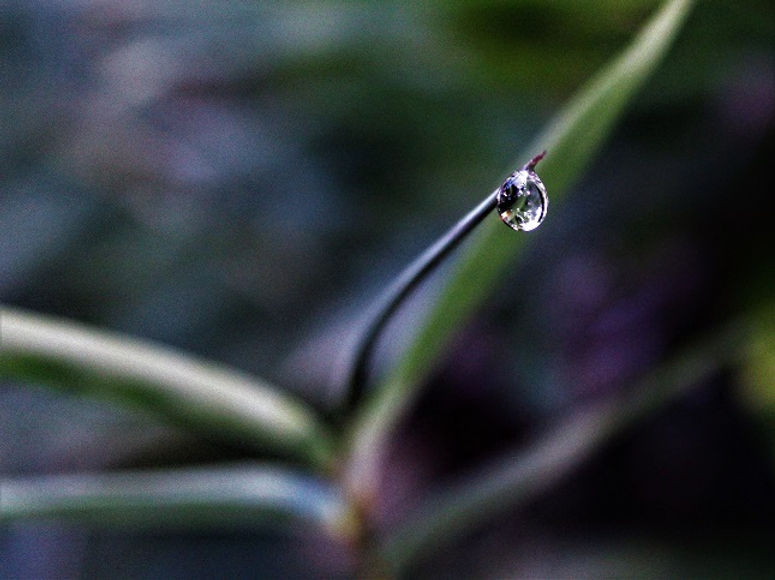
Basic equipment
I started out with a kit lens for the Canon 1300D. The lens is an 18 millimeter to 55 millimeter (mm) zoom lens.
For macrophotography, I bought extension tubes (3 pieces, and 65mm in total) which allowed me to "extend" the capabilities of the kit lens.
Just recently, I also bought an inexpensive prime lens. This 50mm lens is "fixed," which means it has no zoom capability.
Based on my own experience, it has better capabilities than the kit lens, particularly when it comes to shooting portraits.
I also bought a Tamron 18mm-200mm lens which I do not use that often because I was given a Canon 55mm-250mm telephoto lens soon after I bought the Tamron lens.
For now, the Canon 55mm-250mm that my brother gave to me is my go-to lens for most of my photowalks.
I am not into reviewing equipment, and I base my decision to acquire additional lens by reading multiple references online. And I admit, budget is also a major consideration, knowing now that some really good, high quality lens are sometimes much more expensive than the camera (or "body") itself.
So far, I am thoroughly enjoying what I can do with the Canon 1300D and the lens. As an amateur enthusiast, I am more than satisfied with my modest equipment. Of course, I do intend to buy more, but this can wait.
Macrophotography
Long before I decided to take up photography, I was always fascinated by close-up pictures of insects.
I came to know that this way of taking photos is called "macrophotography." I do not really know the other technical jargons, but macrophotography essentially captures details of a subject that are not usually visible to the naked eye.
And so I decided to try macrophotography and bought inexpensive extension tubes for my kit lens. The goal was to capture images from an entirely new perspective.
From what I gathered, using extension tubes is one of the cheapest ways of getting close-up photos. What you do is add the tubes to your lens making them longer, and thus farther away from the camera's sensor. Essentially, adding the tubes to your kits lens makes them a poor man's macro lens.
This setup means you have to get really close to your subject. Auto-focus is very limited, as I found out, and the whirring sound of the lens trying to focus proved to be disastrous in some instances. In most of the photos, I had to use manual focusing. And this is not easy. It is not the lack of subject or subjects to focus on, but more the challenge of controlling my shaky hands.
I learned the hard way that in macrophotography, the smallest of movements can distort and reduce the sharpness of the photos. It can be a bit frustrating to take a number of shots and see that none of the shots are good enough or sharp enough.
So far, this method of photography has been the most rewarding for me. With my modest gear, I had to crouch, sneak up and concentrate a lot to focus on the subject or subjects. The crouching is particularly uncomfortable and not good for the knees, but the satisfaction comes after I am able to take a photo that I like after trying to get it several times.



